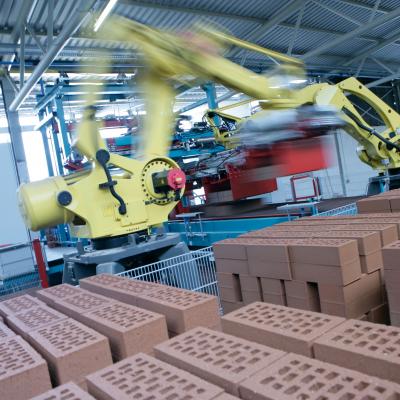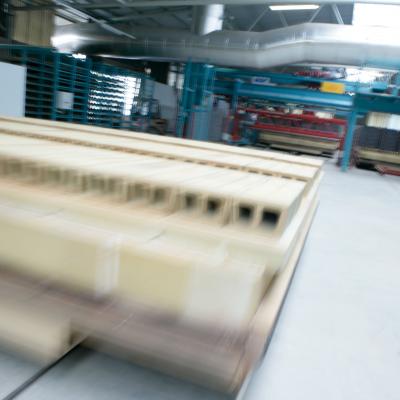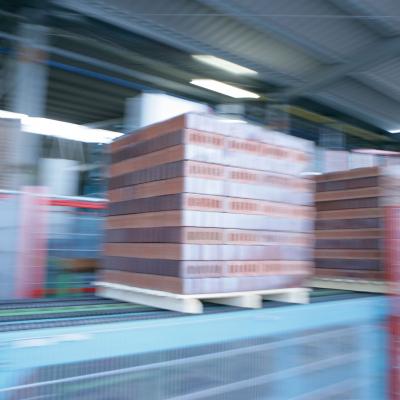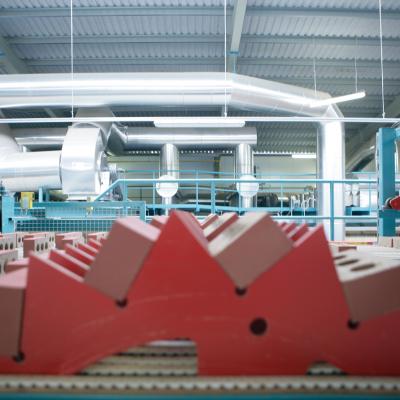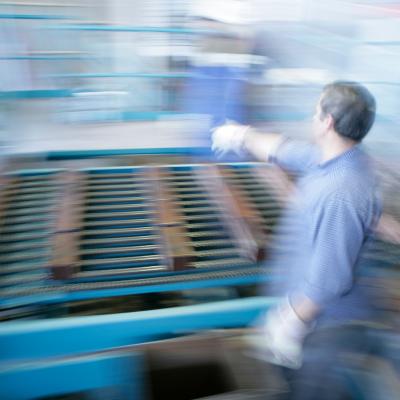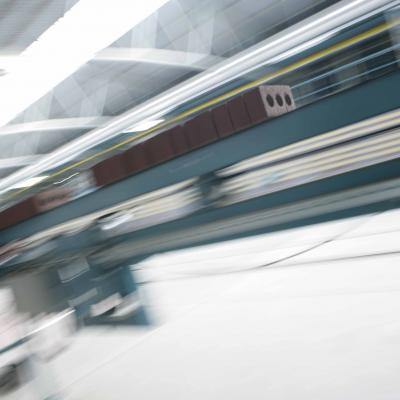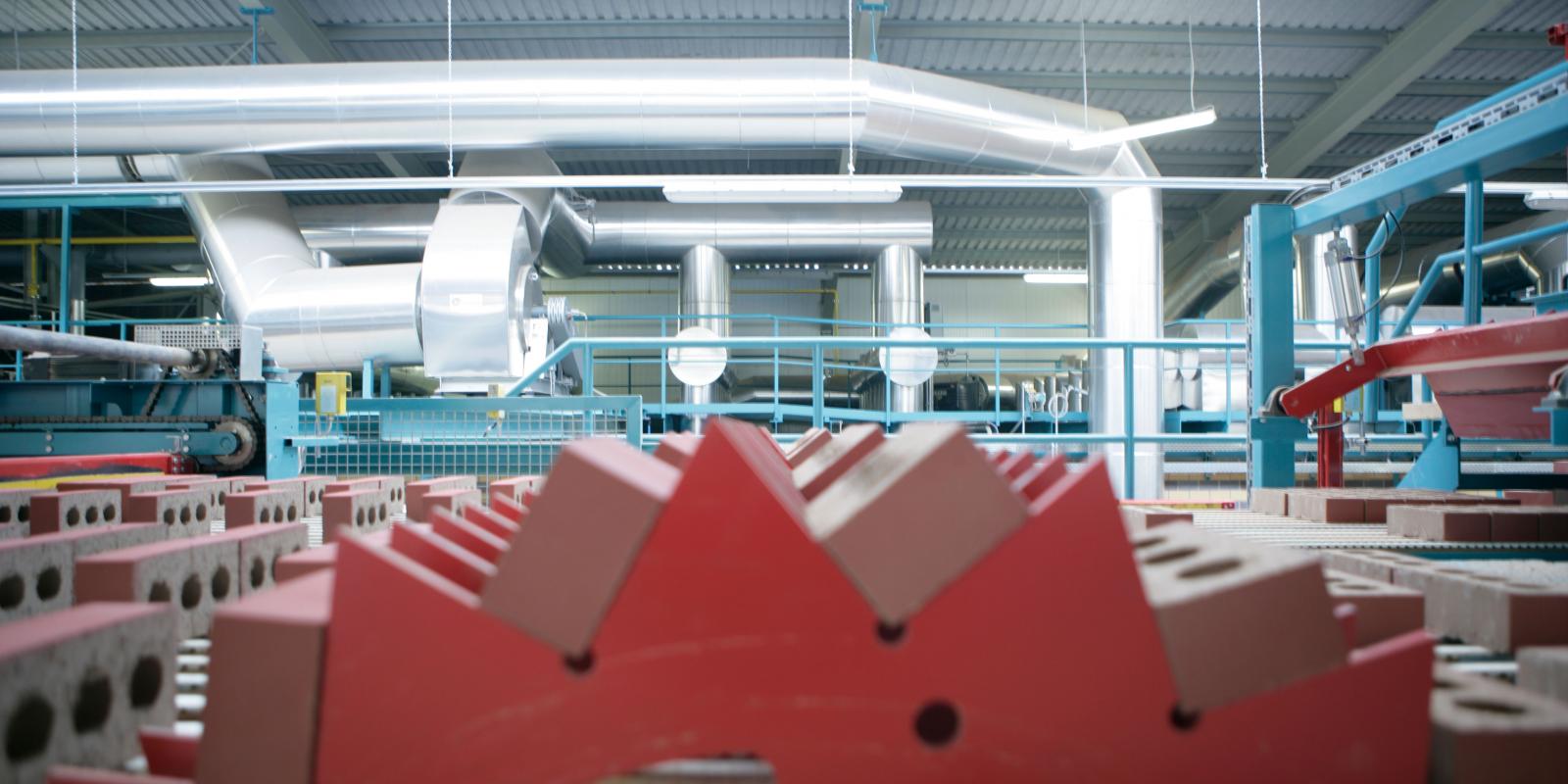
SUSTAINABLE PRODUCTION IN OUR BRICKWORKS IN MÜNSTER
Janinhoff Klinkermanufaktur produces about 20 million bricks every year in a brick kiln which is classed as one of the most modern kilns in Europe. Throughout the process of extraction of natural resources and dispatch of the final product, ecological and economic aspects offer continuous incentives for optimising production processes and product innovations.
Preparation
Brick is a product made from natural resources. The availability of minerals such as clay is generally limited, however, there is no scarcity of resources in Westerwald, Germany. They are considered safe for the next 50 years.
After the clay has been extracted from the quarry it undergoes different control measurements, for example moisture content control. Our processing plants are also subjected to specific quality controls. Regular inspection units check and evaluate environmental effects such as noise and dust emissions at regular intervals.
Of course, exhausted clay pits will be restored and returned to nature.
Shaping
The clay is extruded to obtain the shape required. Visual surface controls ensure that the bricks have precise outlines. The moisture content is checked every hour until the moisture content of the material is less than 3 per cent.
Drying
Due to the shaping process, the moulded ceramic bricks contain an exact amount of water which evaporates during the drying process. The drying process is monitored by measuring residual moisture. Natural gas is used for the drying operation which at the same time reduces CO2 emissions.
Finishing
After drying, the surface is submitted to a finishing process either with glaze or engobe, depending on the order specification. Glaze or engobe waste slurries from finishing are recycled separately.
Firing
After drying and finishing, the bricks are fired in a tunnel kiln which is classed as one of the most modern kilns in Europe. The kiln is loaded automatically. The firing process is responsible for the exceptional technical properties of the ceramic facade elements.
The environmental protection measures that we have implemented ensure that energy consumption is reduced and that pollutants in exhaust air are kept as low as possible. Numerous high-quality filters help reduce emissions and the firing process is optimised by computer control.
Sorting and Packing
Samples of the ceramic facade elements are subjected to a final visual control. At the same time length, height and facade bricks' standard dimensions are also checked. Another important criterion is water permeability. Waste from brick cutting is collected, milled and professionally prepared as grog by our contractors. The bricks are then wrapped on pallets in customer-friendly and small environmentally-friendly pack sizes. Our vehicles transport them straight to your construction site.
